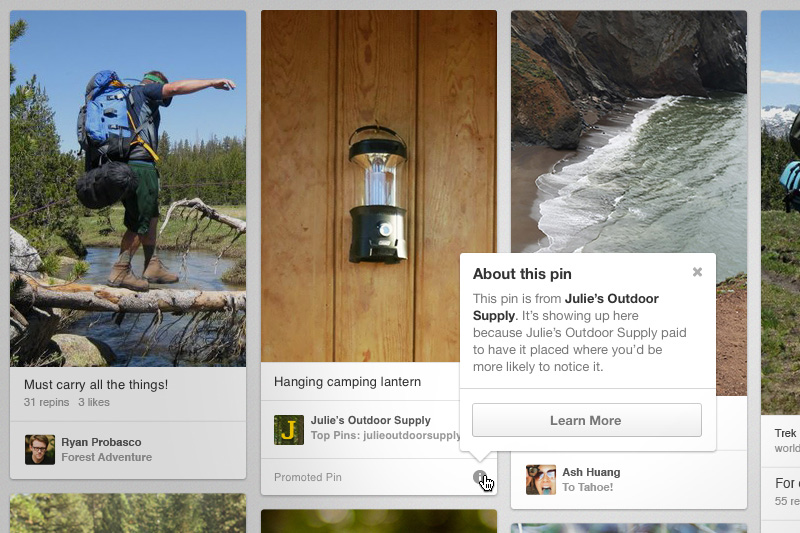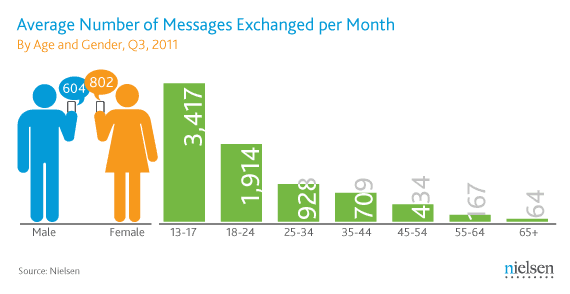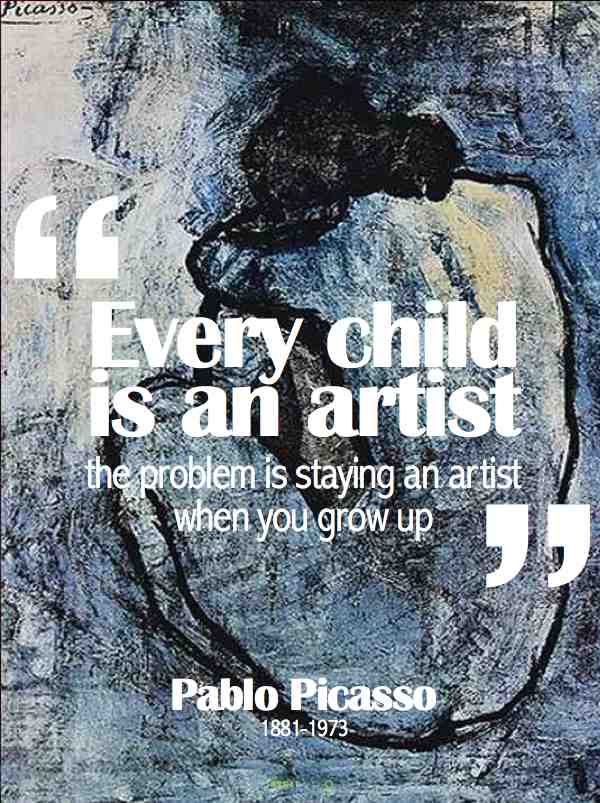The globalization of Pinterest begins with Mobile
Pinterest has been taking over the world, Pinky! And rightfully so. People from all countries and all languages are pinning on this platform at a tremendously growing rate.
A noticeable globalization of Pinterest begun a couple years ago, when comScore started reporting figures of Pinterest penetration and growth worldwide.
Globalization of Pinterest: A more mobile website
This is what Tracy Chou, Pinterest’s software engineer and a key player in the redesign had to say about it on their blog:
“As we launch in new countries around world, we want to make it easy for everyone to access Pinterest—no matter where you are or what device you’re using. That’s why we recently updated our mobile website.
Now when you visit pinterest.com on mobile, you’ll see the latest version of Pinterest, with a cleaner design and the same features (like more useful pins and related pins) you’d get on the web or our mobile app.
The iOS and Android apps are still the fastest way to access Pinterest, but if you don’t have the apps, the mobile site is a great alternative. Stay tuned for more mobile updates over the next few months!”
Globalization of Pinterest: Great mobile features
Pinterest strived to provide the same experience to mobile visitors than to those that visit the platform’s web and native app version. With a cleaner, pared down version that includes the “more useful” pins and related pins feature. According to Pinterest, 75% of the platform’s traffic comes from native mobile apps on iOS and Android. With an enhanced mobile browser version of the website, it’s likely that the share of mobile activity will get even greater, as those who don’t have the access to apps will get a similar experience.
Globalization of Pinterest: What’s ahead
Pinterest’s own Ben Silbermann, CEO & Co-Founder has announced the full deployment of the promotional pins ad network for September, and a possible next step in opening up new streams of revenue for the company.
by Havi Goffan
Photography credits: Pinterest Blog










